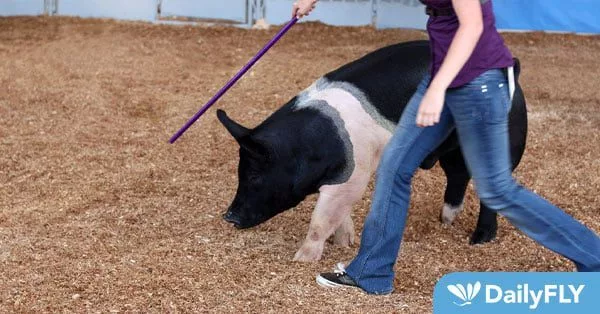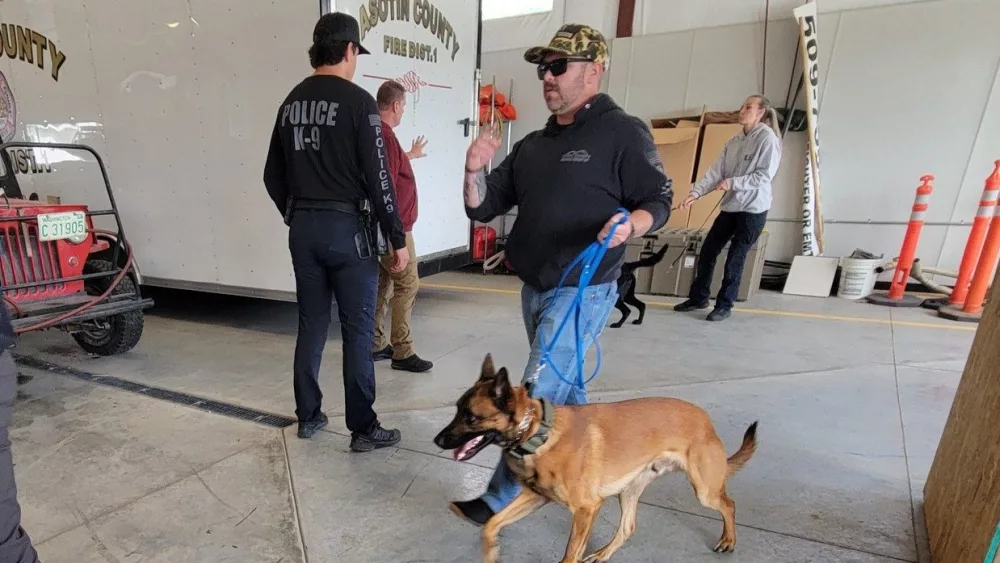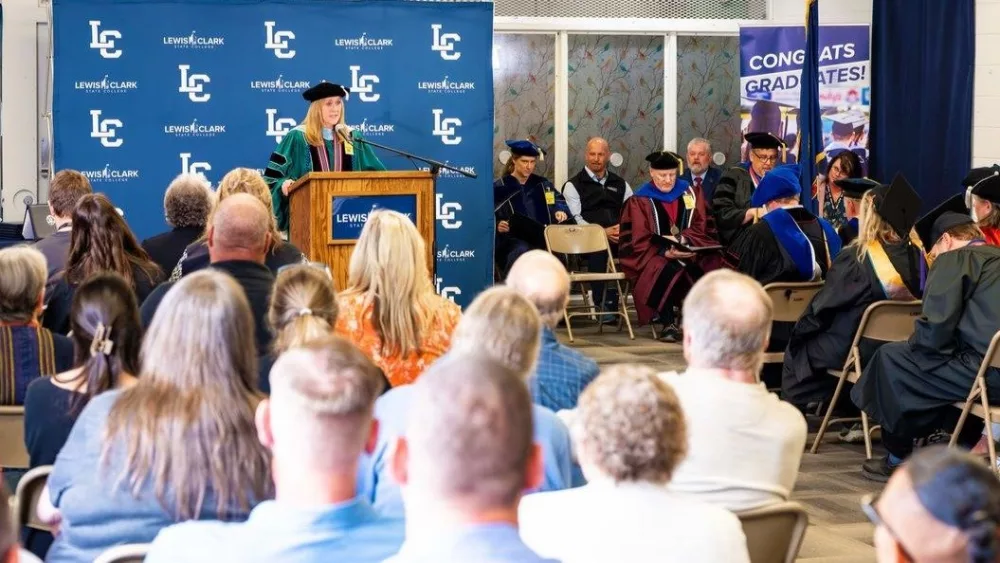PULLMAN – As in‑person county fairs roared back to life across Washington this year, volunteers and educators with Washington State University Extension helped make them successful and safe.
“People were really thirsting for the fair experience this year,” said Mark Heitstuman, interim director of Washington State 4‑H. “Fairs are like a big celebration, the unveiling of all the great projects that youth have worked on throughout the year. There’s a tremendous amount of work that goes into them, and Extension is a vital part of that.”
“There was a full offering at every fair in the state,” added Paul Kuber, associate professor and state 4‑H agri‑science specialist. “There was a lot of excitement, community involvement, and interest.”
Extension’s fair role
Local Extension offices recruit volunteers to lead the different project areas showcased at fairs, from livestock and sewing to cooking, robotics, shooting sports, still‑life demonstrations, and more. The Washington State Fairs Association reported that in 2021 roughly 5,600 volunteers provided more than 136,000 hours of work at Washington fairs. Their efforts were worth more than $4.5 million.
Strong partnerships with Extension were on full display across the state. County governments, Tribal nations, fair associations, FFA, livestock auctions, clubs, and 4‑H groups all made this year’s fair experience exciting and notable.
In Clallam County, the Pacific Northwest Junior Livestock Auction raised about $150,000 on just 40 lots. In Asotin County, 270 4‑H and FFA youth earned nearly $800,000 from their sheep, swine, cattle, goat, poultry, and rabbit projects.
This year’s fairs were not without challenges, however. COVID‑19 still depressed volunteer turnout. And all poultry projects were conducted remotely to stem the spread of highly pathogenic avian influenza (HPAI), per the recommendation of the state veterinarian. In San Juan and Clallam counties, club members brought plush toys to stand in for their Jersey Giants, Orpingtons, and Plymouth Rocks.
“Exhibitors were implored to keep birds at home to help minimize the spread of HPAI,” Kuber said. “WSU Extension led an online education project, Prepare2Respond, to help fairs navigate biosecurity in the future.”
In 2021, the Washington State Fairs Association reported that fairs across the state brought in nearly $400 million worth of revenue and economic impacts to Washington, creating more than 3,000 jobs and attracting more than 3.3 million visitors. Revenue and impact for 2022 are still being tabulated.
The state will double fair funding from $2 million to $4 million over the next three years. Kuber points to the $8 million capital improvement facility safety grants that were offered for fairs through June 2023.
“A high percentage of fairs were able to capture that funding to make positive change,” he said.
For more information on fair biosecurity and disease mitigation, visit Prepare2Respond.





